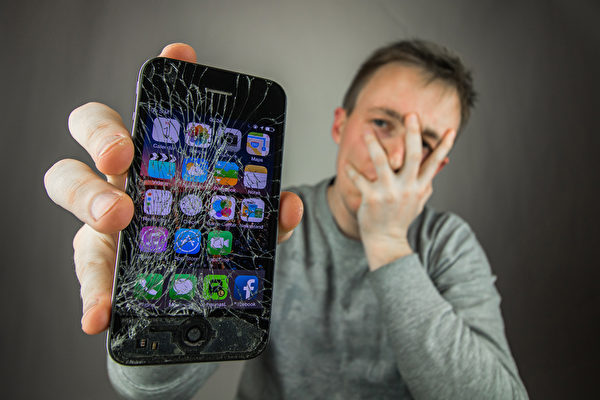Since January of this year, an Alaska Airlines Boeing 737 MAX 9 (ASA1282) experienced an incident where a cabin door detached during flight, causing a smartphone to fly out and plummet from 16,000 feet. Surprisingly, the iPhone 14 Pro Max was found undamaged after the fall. However, a common drop of an iPhone from a kitchen counter can often result in a shattered screen, leading many to question why this happens.
This scenario has sparked curiosity among many people, seeking answers to the mysteries of phone durability.
An article published by The Wall Street Journal on April 26 featured a test conducted by Joanna Stern, a senior personal technology columnist with Hua Daily, along with accompanying video footage. The test involved dropping iPhone 14 and Samsung Galaxy S23 devices from heights of 3 feet, 30 feet, and 300 feet onto both grass and asphalt surfaces to observe their conditions upon impact.
The phones used in the test were iPhone 14 and Galaxy S23 models purchased from the refurbished device company Back in the Box, with original hardware intact and no screen or battery replacements, both equipped with high-quality Corning glass.
Phones without any protective cases, dropped from 3 feet and 30 feet onto grass, remained unscathed. Even from the staggering height of 300 feet, the phones did not sustain substantial damage.
After drops from 3 feet onto asphalt, both the bare iPhone and Galaxy S23 showed only minor scratches and dents. From 30 feet, the iPhone’s glass back cracked while still functional, but the Samsung phone suffered a cracked OLED screen and flickering display.
When equipped with the durable OtterBox Defender protection cases and dropped again from 30 feet, only the cases showed some damage, leaving the phones still operable.
For the ultimate test from 300 feet onto asphalt, the whole back glass of the iPhone shattered, including the camera surroundings, though the phone itself remained functional and likely repairable. The Galaxy S23 sustained a severe impact at the bottom right corner, causing the rubber casing to crack, rendering the phone inoperable despite the screen remaining intact but flickering.
“Whether your phone falls from 300 feet or even from space, it won’t be a problem,” said Mark Rober, a former NASA mechanical engineer and current YouTuber, to Hua Daily. “Due to terminal velocity, the outcome will be the same.”
In fluid dynamics, when an object moves through a fluid such as air, the force exerted by the fluid slows down the object’s speed, ultimately reaching a constant speed known as terminal velocity.
Rhett Allain, an associate professor of physics at Southeastern Louisiana University, explained that due to the mass, size, and shape of smartphones, their speed will increase until reaching around 60 miles per hour, where air resistance puts a stop to further acceleration.
Additionally, grass can cushion the deceleration process for falling objects, while harder surfaces like asphalt or bathroom tiles lead to abrupt deceleration.
Returning to the remarkable story of the survivor iPhone from the Alaskan Boeing airplane high-altitude incident, Sean Bates found the phone on the roadside with flight mode on, displaying baggage claim information for flight ASA1282, still with 50% battery, unscathed despite falling from 16,000 feet. Bates notified the National Transportation Safety Board (NTSB), who confirmed it as the second phone found dropped from flight ASA1282.
The owner of the dropped phone, Cuong Tran, mentioned that he continues to use it with no issues, as reported by Hua Daily. NTSB acknowledged during a briefing on January 7 that one phone’s recovery occurred on the roadside, and the other in a backyard. These devices have been returned for inspection and handover to their rightful owners by the committee.

